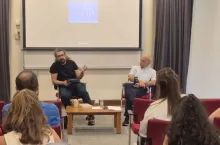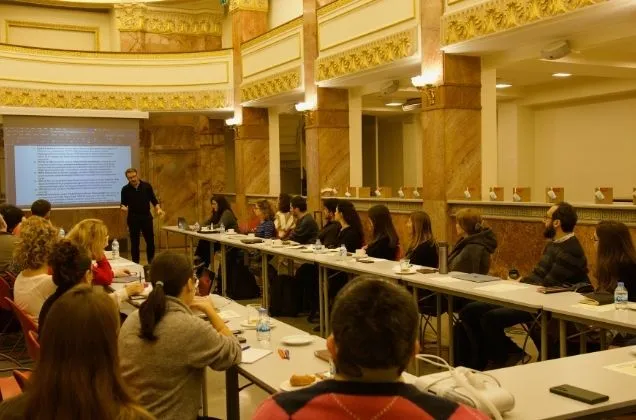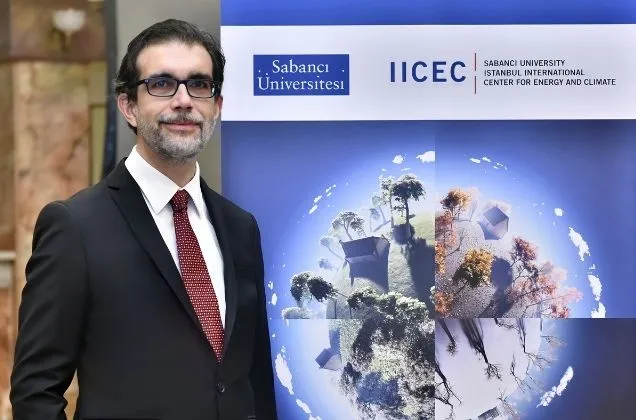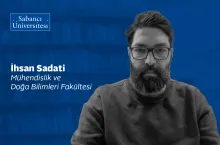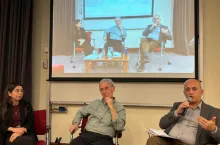22/12/2025
22/12/2025
22/12/2025
22/12/2025
22/12/2025
19/12/2025
Sabancı University Strengthens Strategic Collaborations in the Semiconductor Ecosystem
Sabancı University, which places strong emphasis on education programs aimed at strengthening Türkiye’s position in the semiconductor sector, continues to deepen its collaborations with leading industry players. In this context, Ali Baran, Co-Founder and CEO of YongaTek—one of the key stakeholders in the semiconductor ecosystem—visited Sabancı University.
18/12/2025
18/12/2025
